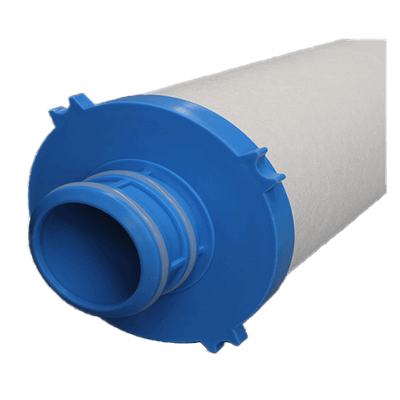What Is a Depth Filter?

Depth filters capture and remove particles not just at the surface but throughout their internal structure. Designed with progressively smaller pore sizes from top to bottom, they trap particles within, unlike screen filters which block particles at the surface. This structure allows depth filters to maintain high filtration rates without clogging as easily as screen filters do.
Uses of Depth Filters
Depth filters are utilized across the chemical, food, and pharmaceutical industries for purification, concentration, and removal of bacteria and particulate matter. They are ideal for pretreatment in industrial processes and home water purification systems, employing multi-stage filtration with varying pore sizes to minimize clogging effectively.
Features of Depth Filters
Depth filters may not remove all particles completely, depending on the filter material, which can include glass or cellulose fiber. The key advantage of depth filters is their ability to prevent clogging and sustain high filtration efficiency, enhancing production and reducing maintenance costs. However, they are generally single-use, especially in applications requiring stringent cleanliness, such as in pharmaceutical manufacturing, due to challenges in cleaning and reusing them.
How to Select a Depth Filter
- Purpose of Use: Determine the filter’s application, whether for liquid purification, air purification, or other uses, and consider the specific requirements of your process.
- Filter Material: Choose a filter material—such as paper, fiber, metal, activated carbon, or ceramic—that suits the environment and the substance being filtered. Material choice affects the removal efficiency and durability of the filter.
- Nature of the Target Material: Select a filter based on the size, type, and concentration of the particles or substances to be filtered, ensuring the pore size and filter fineness match the application needs.
- Environmental Conditions and Durability: Opt for materials and designs that can withstand the operating conditions, considering temperature, pressure, and chemical resistance to ensure longevity and reduce replacement frequency.
- Flow Rate Requirements: Base the selection on the required flow rate, choosing filters with the capacity to handle the volume efficiently without compromising performance.
- Maintenance Requirements/Cost Efficiency: Factor in maintenance ease and cost-effectiveness, balancing performance with budget constraints to find the most suitable option.
- Certification Standards: For industries with specific safety and quality standards, select filters that meet these certifications to ensure compliance.